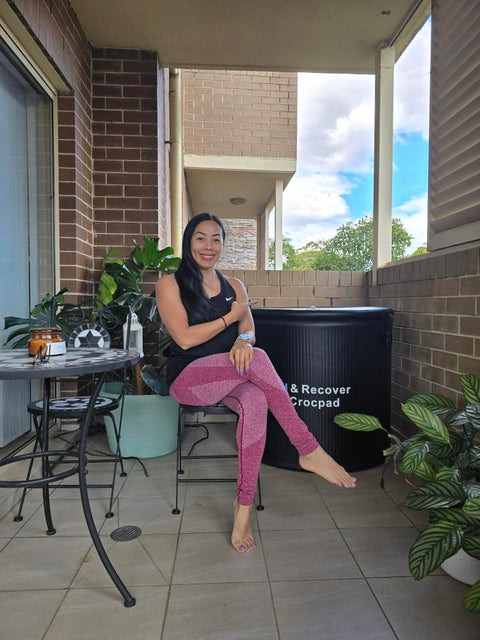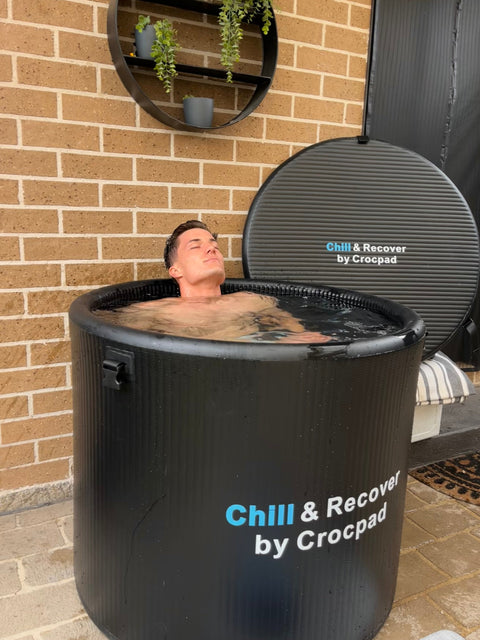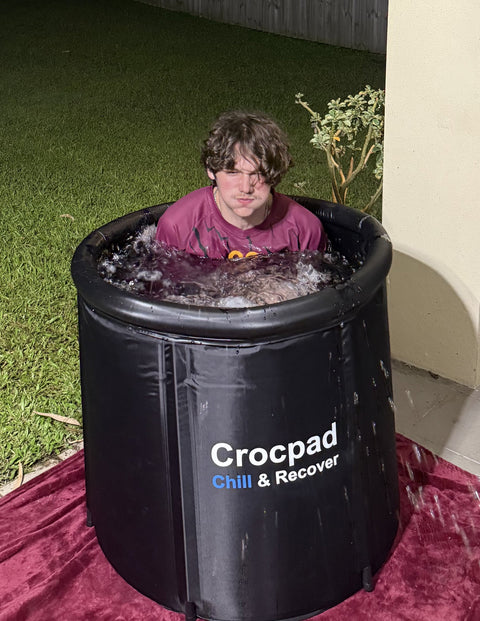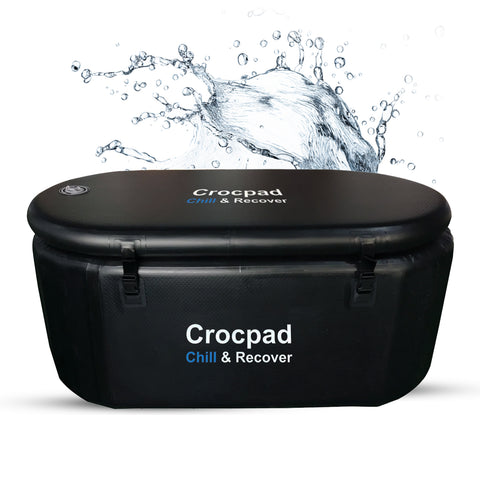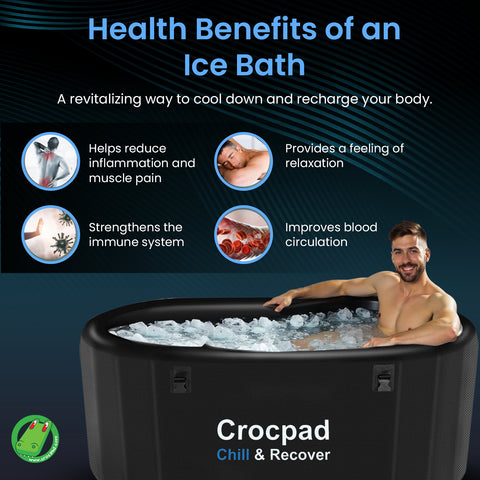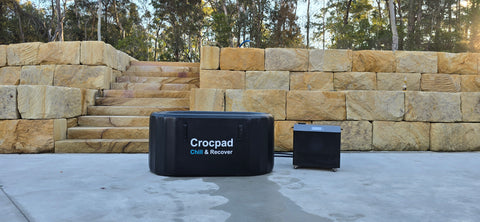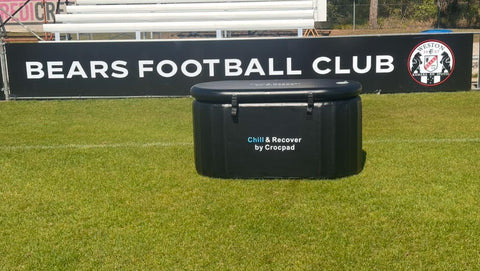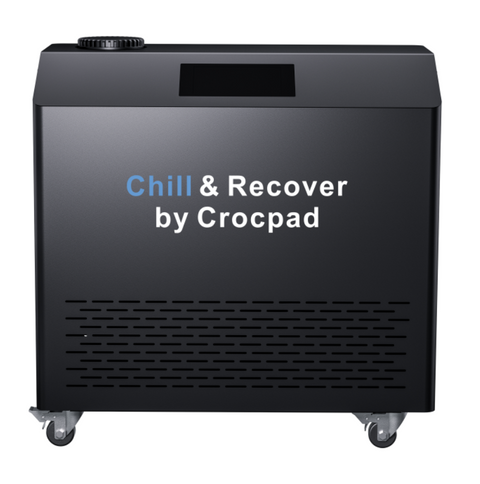Cold water therapy—including ice baths, cold plunges, or chilly showers—has gained traction as a recovery tool and wellness strategy. But what does scientific research actually reveal about its health effects?
1. Reduces Muscle Soreness & Inflammation
Studies show that athletes who immerse themselves in 10–15 minutes of cold water (around 10–15 °C or 50–59 °F) after workouts report less delayed‑onset muscle soreness (DOMS) compared to passive recovery. The effect is thought to stem from vasoconstriction, which decreases blood flow and inflammation.
2. Accelerates Cooling After Heat Exposure
Meta-analyses confirm that cold‑water immersion lowers core body temperature roughly twice as fast as simply resting in a cool environment—especially when most of the skin is submerged.
3. Boosts Mood & May Alleviate Anxiety or Depression
Emerging evidence suggests that cold immersion elevates neurotransmitters like dopamine (↑250 %) and norepinephrine (↑530 %)—both linked to improved mood, alertness, and mental clarity. Some individuals with depression or anxiety have reported symptom relief through consistent cold-water routines.
4. Supports Immune Response
In a controlled Dutch experiment involving meditation, breathwork, and cold exposure, participants showed stronger resistance to bacterial infection, with fewer symptoms and altered cytokine responses.
5. May Improve Metabolism & Fat Regulation
Cold exposure can activate brown adipose tissue (“brown fat”) and increase production of adiponectin, which may support calorie burning and insulin sensitivity. While effects on long‑term fat loss remain modest and under study, an elevated metabolic rate during cold exposure has been documented.
How to Safely Use Ice Baths
-
Water temperature: Aim for 10–15 °C (50–59 °F).
-
Duration: Limit immersion to 10–15 minutes maximum.
-
Timing: For muscle-building goals, wait a few hours post-exercise; for recovery-focused use, shorter windows may help DOMS.
-
Health precautions: Cold immersion impacts heart rate, blood pressure, and circulation—so consult a physician before trying, especially if you have cardiovascular concerns. Always ensure someone is nearby and warm up immediately afterward.
What the Science Doesn’t Definitively Support
-
While many users anecdotally swear by improved sleep, decreased inflammation, and sharper focus, robust long-term clinical evidence is limited. Some reviews report inconsistent or inconclusive results beyond the domain of athletic recovery.
-
A 2024 meta-analysis cautioned that cold immersion may temporarily raise inflammation before adaptation, and benefits like stress reduction and immune support often appear 12 hours or more post‑plunge—not immediately.
Final Word
Ice baths offer scientifically supported benefits for muscle recovery, cooling after exertion, mental resilience, mood elevation, and metabolic activation—especially for athletes or active individuals. However, many claimed perks—like chronic inflammation control, weight loss, and mood regulation—still require stronger evidence. If you’re considering trying cold immersion, start gradually, keep sessions brief, and check in with healthcare providers to ensure safety.

